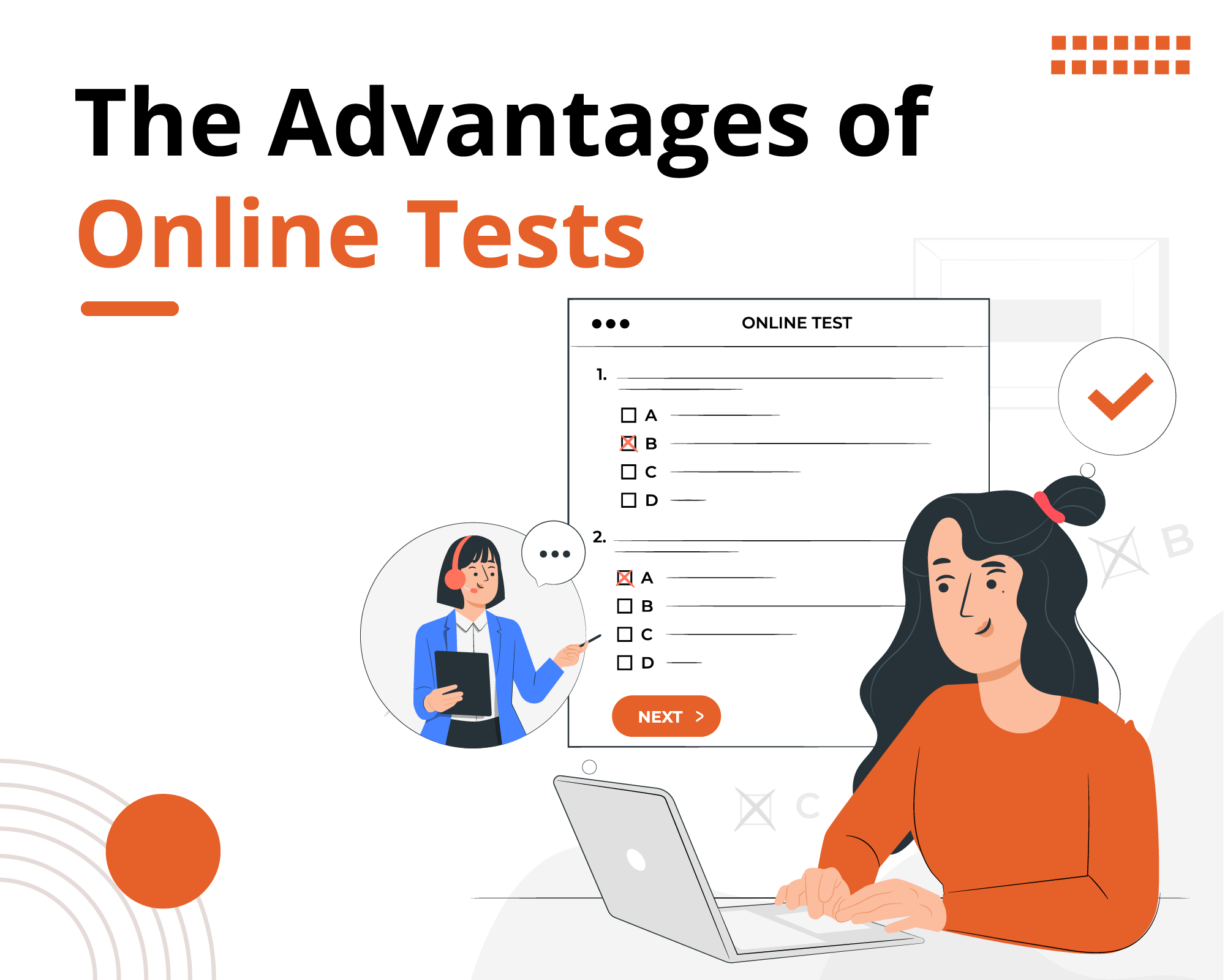How to Use Student Assessment Data to Inform Instruction?

According to a recent study, schools that effectively use student data to inform instruction have seen up to a 15% increase in student performance. For teachers, this means understanding and leveraging assessment data to not only monitor student progress but to tailor instruction to meet individual learning needs.
The right approach can turn raw data into actionable insights, allowing you to help struggling students, challenge advanced learners, and ensure that no one is left behind.
As teachers, you are the driving force behind student success. By understanding how to collect, analyse, and apply student assessment data, you can transform your teaching strategies and create a more engaging, effective classroom experience.
What is Student Assessment Data?
Student assessment data is the collection of information about student performance through various methods like tests, assignments, quizzes, and class activities.
This data not only tracks student progress but also helps teachers evaluate how well students understand the material and where additional support may be needed.
Teachers gather assessment data through a range of approaches, such as:
- Formal Tests: Standardised tests, unit tests, and end-of-term exams provide structured data on student comprehension and mastery of subjects.
- Quizzes and Short Assessments: Frequent, smaller quizzes or quick assessments give teachers a snapshot of day-to-day student understanding.
- Classwork and Participation: Observation of student participation and performance during lessons or group activities helps assess their engagement and concept clarity.
- Homework and Projects: Homework and longer-term projects offer insights into how well students can apply what they’ve learned beyond the classroom.
By analysing this data, teachers can evaluate each student’s strengths and weaknesses, identify learning gaps, and make informed decisions on instructional strategies.
The data also serves as a basis for personalised feedback, interventions, and setting goals for future learning. It helps ensure that no student is left behind and that classroom instructions are tailored to meet diverse learning needs.
How to Use Student Assessment Data in Your Classroom?
As a teacher, student assessment data is one of your most powerful tools for improving learning outcomes. By carefully analysing this data, you can identify where students excel and where they may need extra support.
Here are some practical ways to use assessment data to inform your classroom strategies:
- Develop Daily Instructional Strategies: Use assessment data to adjust your lesson plans. If you notice that a significant portion of your class is struggling with a specific concept, consider revisiting it with a different teaching approach. You can incorporate group work, hands-on activities, or visual aids to engage students more effectively.
- Plan Individual Instructional Interventions: Data allows you to pinpoint students who need targeted interventions. Whether it’s through one-on-one tutoring, small group sessions, or tailored assignments, using this data ensures that each student gets the personalised attention they need. Regularly monitor their progress to ensure these interventions are working.
- Set and Monitor Targeted Goals for Students: Assessment data helps you set clear, measurable goals for your students. By creating individual targets based on their current performance, you can guide them towards improvement. Tracking their progress against these goals helps keep students motivated and gives you insight into what adjustments might be necessary.
- Monitor Teacher and Student Progress: Reflecting on assessment data isn’t just about students; it also gives you the chance to evaluate your teaching methods. Regularly review whether your teaching strategies are helping students meet their goals. Adjust where needed to ensure that your instruction is effective for every learner.
- Discover Professional Development Gaps: Use student performance data as a mirror to assess your areas for improvement. Are there patterns that suggest a need for new teaching techniques or strategies? Collaborate with colleagues, seek feedback, and pursue professional development opportunities to continually enhance your teaching.
Common Challenges Teachers Face When Analysing Assessment Data
While student assessment data can be incredibly valuable, we know that there are real challenges when it comes to effectively using it in the classroom. As a teacher, you may face several obstacles that can make data analysis seem overwhelming:
- Time Constraints: Managing daily lessons, grading, and other responsibilities leaves little time for in-depth data analysis. It can be difficult to find the time to regularly review student data, identify trends, and adjust teaching strategies accordingly.
- Interpreting the Data: Not all teachers are trained in data analysis, and interpreting complex datasets can be challenging. Understanding how to turn raw data into meaningful insights that can drive instructional changes is often a key struggle.
- Balancing Data with Instruction: Using assessment data is just one part of your role as a teacher. Balancing the time spent analysing data with actually delivering lessons and supporting students is often a challenge, especially in large classrooms where attention is needed in many areas at once.
- Inconsistent Data Collection: Without consistent data collection methods or the right tools, it can be difficult to gather accurate and meaningful data on student performance. This can lead to gaps in understanding where your students stand academically.
- Limited Access to Technology: In some schools, especially in more rural or underserved areas, there may be limited access to digital tools and platforms that make data collection and analysis easier and more effective.
Addressing these challenges is essential to making the most of student assessment data. Later, we’ll discuss how the right tools, like Extramarks, can simplify the process and help you overcome these barriers.
How Can Extramarks Help You Collect and Analyse Student Assessment Data?
Extramarks simplify both collecting and analysing student assessment data, helping you focus on improving student outcomes. Here’s how:
- Test Templates: Create assessments quickly with pre-designed templates featuring multiple question formats, ensuring comprehensive evaluations.
- Offline Assessments: Upload paper-based test results, allowing you to manage both traditional and digital assessments seamlessly in one place.
- Power Questions & Power Tests: Generate unique questions for each student on the same concept, ensuring fair assessments and reducing cheating.
- Question Shuffling: Randomise question order to maintain the integrity of assessments and discourage answer sharing during exams.
- Grade Offline Answer Sheets: Scan and upload paper answer sheets directly into the platform, speeding up grading and centralising results.
- Feedback Annotation: Provide personalised, detailed feedback directly on assessments, helping students understand their performance better.
- Interactive Dashboard: Track student performance in real time, view detailed data on each test, and use these insights to adjust your teaching strategies.
Embrace Data-Driven Teaching for Student Success
Incorporating student assessment data into your classroom practice is essential for fostering improved learning outcomes. By using data to inform your instruction, set individual goals, and track progress, you can ensure that every student receives the support they need to succeed.
Extramarks provide the tools to make this process simple and effective, allowing you to focus on what truly matters—your students’ success. Embrace data-driven teaching and take the next step towards more personalised, impactful education.
Last Updated on February 14, 2025
Reviewed by

Priya Kapoor | AVP - Academics
Priya Kapoor is an accomplished education professional with over 18 years of experience across diverse fields, including eLearning, digital and print publishing, instructional design, and content strategy. As the AVP – Academics at Extramarks, she leads academic teams in creating tailored educational solutions, ensuring alignment with varied curricula across national and international platforms...read more.









